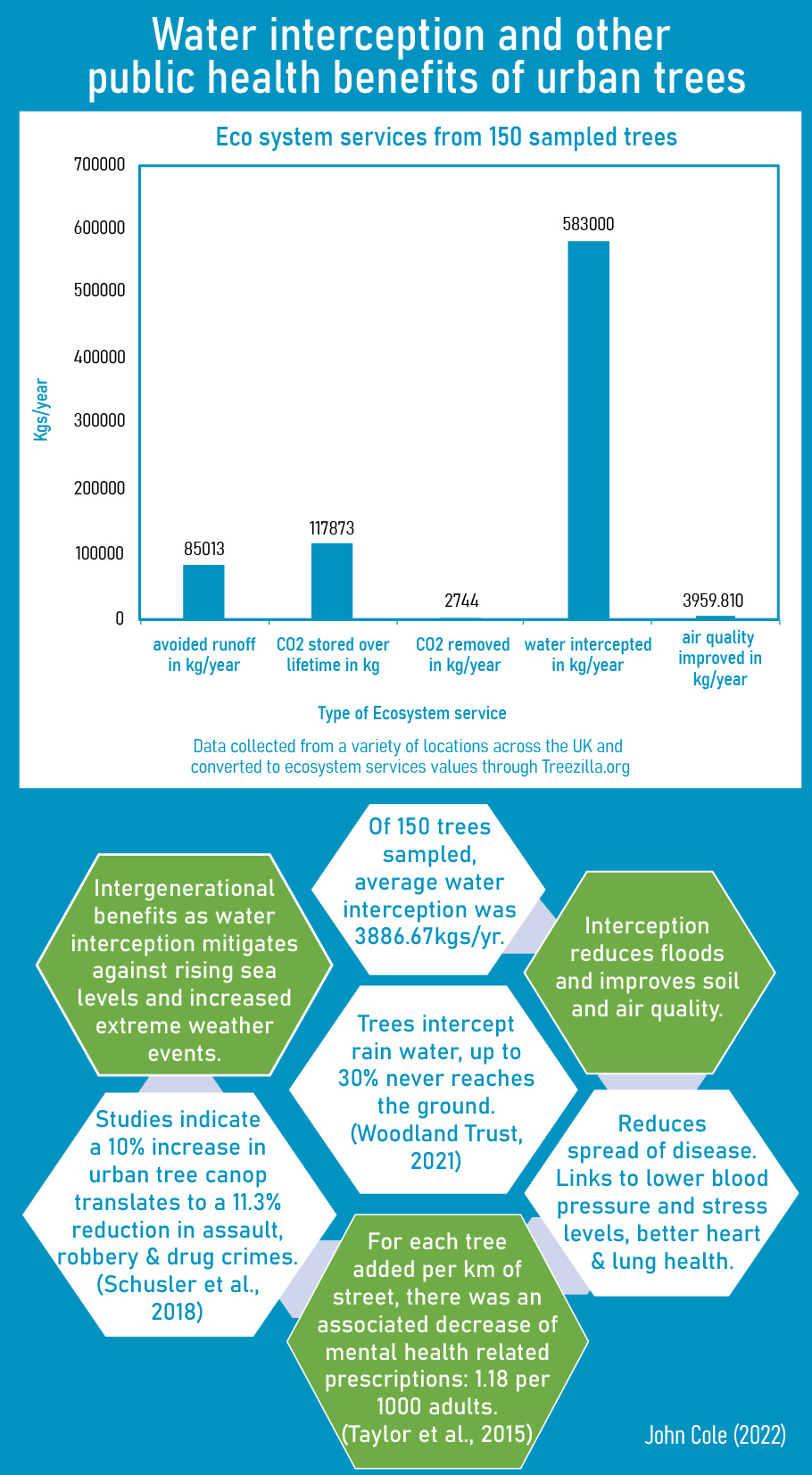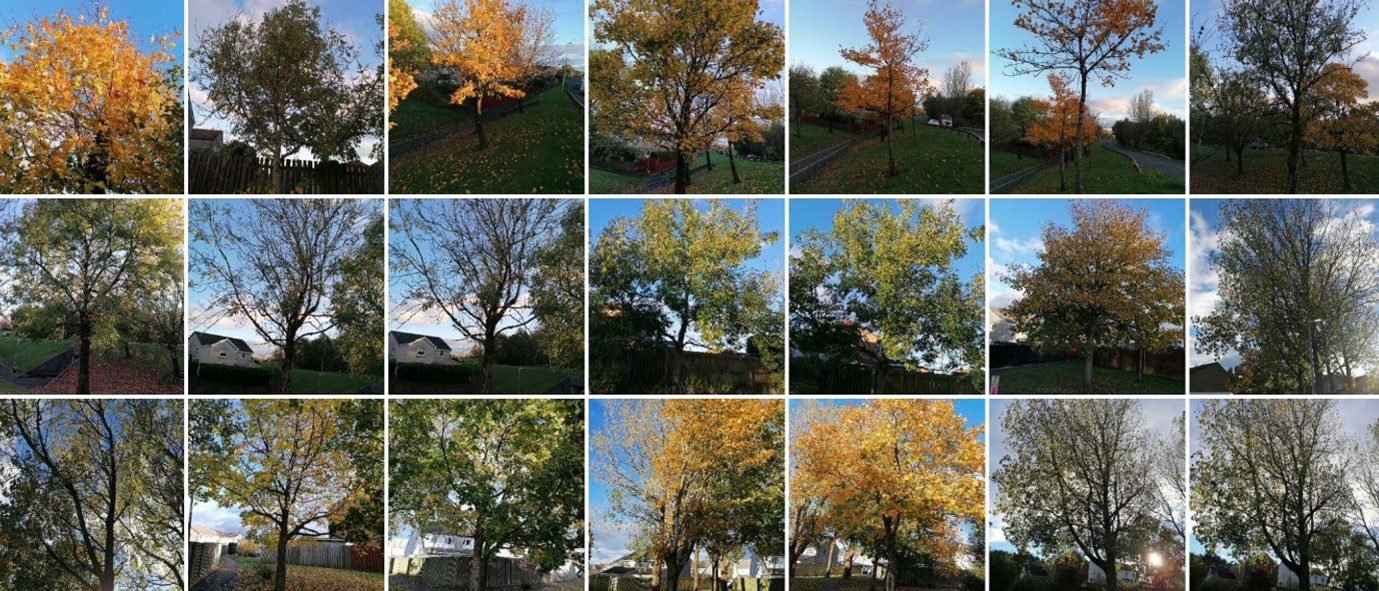Forests: pledges, problems and climate change solutions.
At COP26, over 100 countries signed a pledge to end and reverse deforestation by 2030. Although welcome, such pledges are not legally binding. The reality is, despite efforts dating back to the 1992 Earth Summit, an agreed International Convention on ending and reversing deforestation has never been reached. This is mainly because of division between the Global North developed nations and the developing countries of the Global South (i.e. the G77 and China). The North identify forests as global commons, believing countries with forests should maintain them for humanity, and the South argue that the North have disproportionately contributed to deforestation through historic deforestation, colonial resource exploitation, and as the main importers of tropical timber. The G77 note that their right to use forest resources for their economic development is enshrined in international law (Humphreys, 2019, p. 279), and any action from the North preventing them exercising this right could be considered as neo-colonialism. These rooted disagreements are difficult to overcome. However, it can be argued there is a tendency for conferences like COP26, the media around them and therefore people’s perceptions to focus on large scale forests as the only solution to climate change. In fact, climate change and its problems start locally, so a local solution is needed. It is time to introduce the hero of this article: the local tree.
The benefits of local trees
Importantly, every tree is local to someone whether as part of a tropical rainforest, a temperate northern hemisphere forest, on the rural plains of Africa, or urban Scotland. All trees deliver vital processes for societies adapting to and mitigating against climate change. Each tree provides a source of carbon storage, water interception, and air quality improvement.
Take the UK and Ireland as an example: over 172 million kilograms (172 000 tonnes) of carbon dioxide is stored in just over a million trees surveyed by citizen volunteers, relating to annual economic savings of nearly £11 million (Treezilla, 2022). With an estimated 1.5 billion urban trees in the UK, the overall storage and savings in UK towns and cities alone are likely to be over a hundred times higher. Further climate change mitigation is afforded by tree canopy intercepting solar radiation through the process of evapotranspiration, providing additional shade, reducing air and surface temperatures around trees. With climate change expected to increase sea levels and extreme weather events, the ability of trees to intercept up to 30% of rainfall (Woodland Trust, 2021) and reduce run off, will be crucial to flood prevention. As trees provide a vast array of cost-effective services, it is clear to see they are local environmental heroes. No wonder organisations such as Ecosia (the search engine that plants trees) work tirelessly to provide localities throughout the world with trees.
These trees keep on giving. While protecting against climate change, they provide further societal benefits. They offer unique habitats to insects and animals that can increase biodiversity and are a potential source of local food production. Local trees can provide a huge range of ecosystem and public services, as seen in the infographic in Figure 2 below.
Additionally, trees have cultural and social functions, often being at the centre of ceremonies. One fun example is wassailing in Britain. Local trees play a huge part in all of our lives. With 1 in 3 tree species in the world threatened with extinction (Crowley and Justice, 2021), caring for these heroes is important.
Getting involved: tree data
Caring for our trees starts with raising awareness. In the UK and the Republic of Ireland, anyone
can get involved in this activity. For
my Open University study ‘Environment: responding to change’ (module
SDT306), I took part in interactive learning and data collection through the
citizen science project Treezilla, also known as the ‘monster map of trees’. This is available online at treezilla.org and as a smartphone app. The site allows you to record individual tree
data by measuring the tree’s circumference at a height of 1.5m and identifying
the species. The app then calculates the
tree’s ecosystem services which are the natural, cultural, social and economic
benefits it provides. Treezilla is free
for anyone to use and is, in my experience, easy to work with. The data collection itself is a healthy
outdoor activity, and your registered data contributes to a much bigger project
mapping the United Kingdom and Republic of Ireland’s trees, helping to improve
understanding and management of trees. I
would encourage anyone and everyone to get involved – it’s fun, interesting and
useful to raise awareness of our local hero trees.

Miracle trees
COP26 was held in Glasgow. The City’s crest has a tree in the centre, which represents the tree St. Mungo, patron saint of Glasgow, used to perform a miracle of relighting the holy fire in the monastery. All local trees perform miracles. They bring people together through cultural and social functions; they offer unique habitats to insects and animals that can increase biodiversity and aid local food production; they absorb solar radiation, reduce air and surface temperatures; and they intercept rainfall and reduce water run off.
Let’s raise awareness, appreciate, and look after these local heroes.






Rate and Review
Rate this article
Review this article
Log into OpenLearn to leave reviews and join in the conversation.
Article reviews